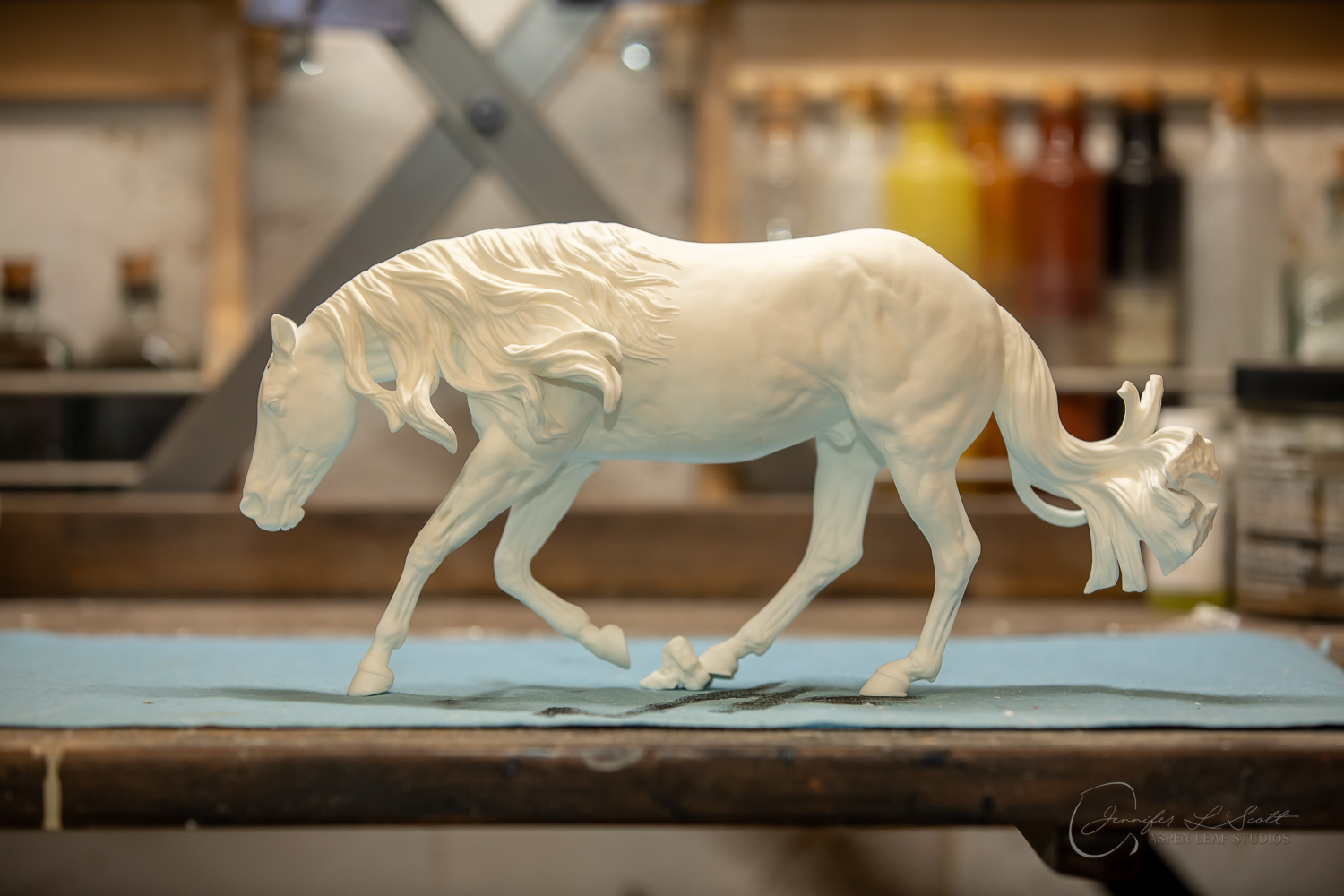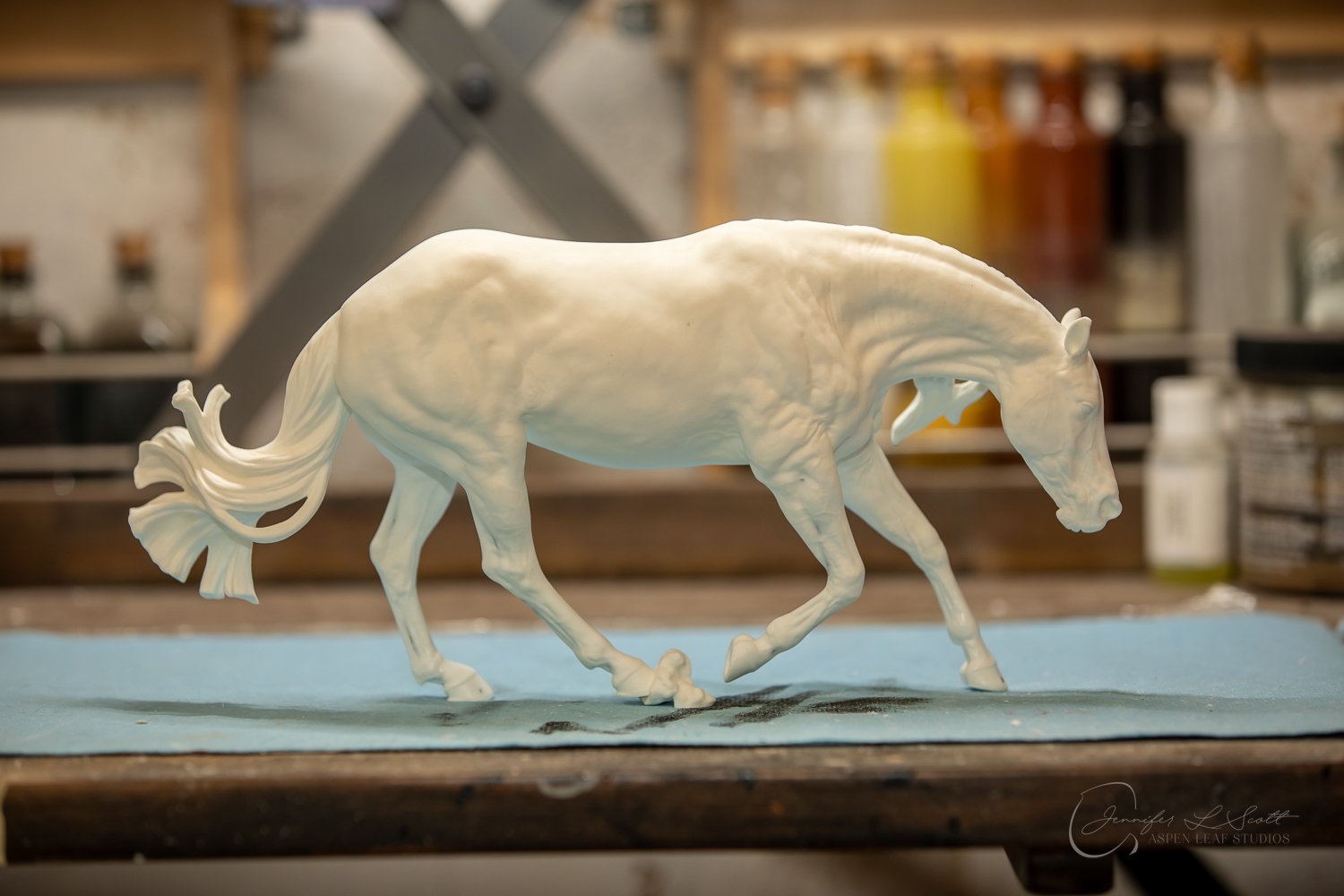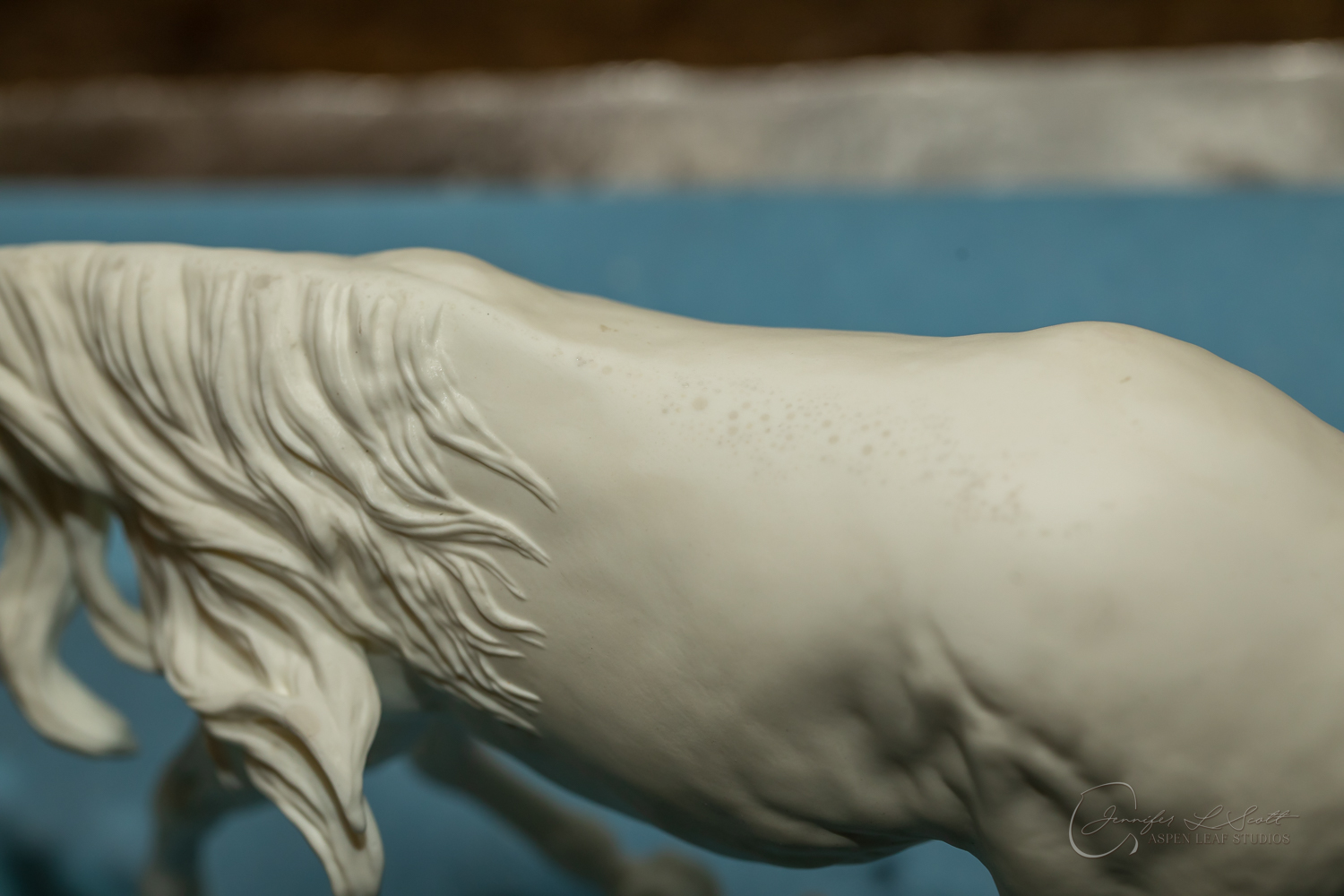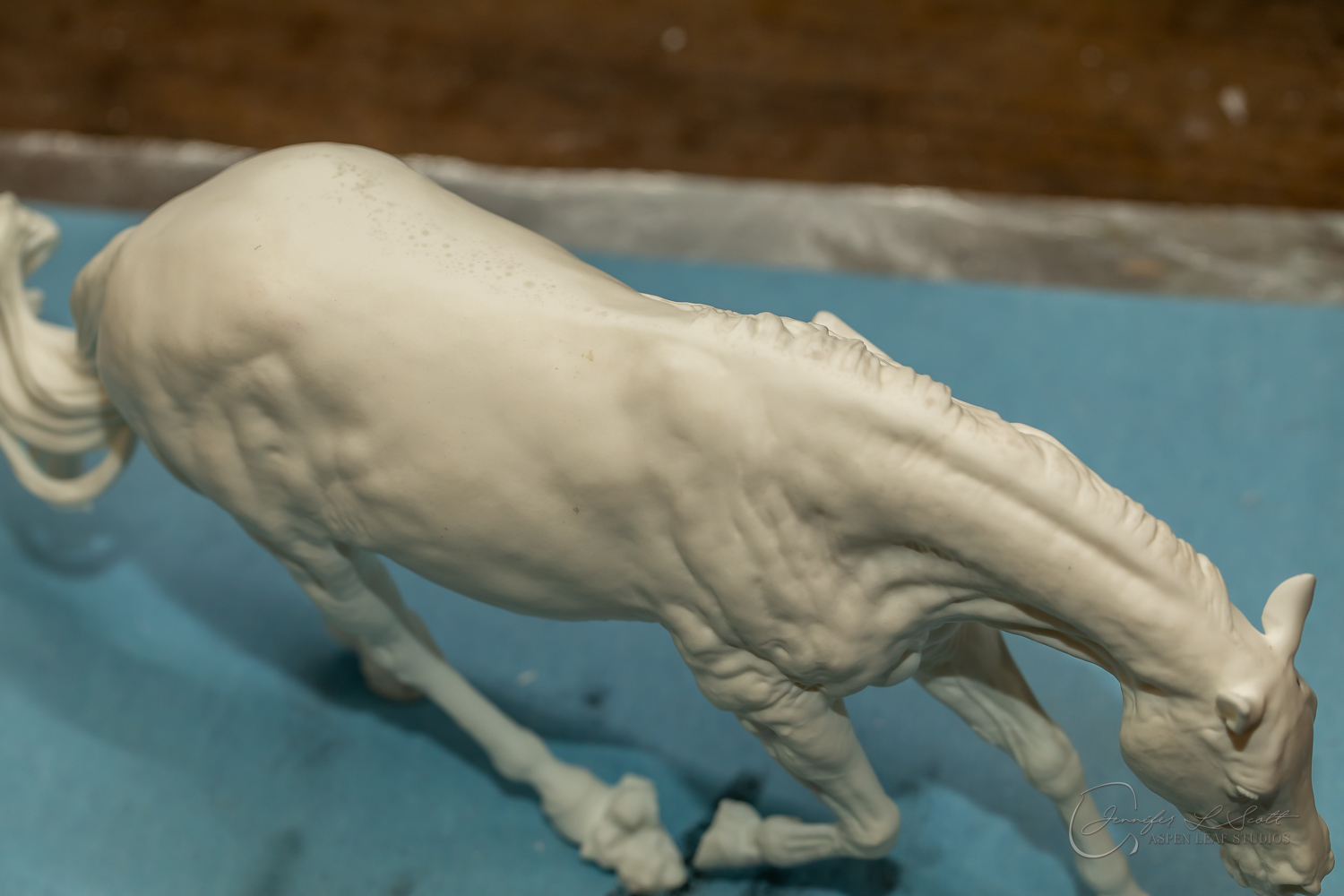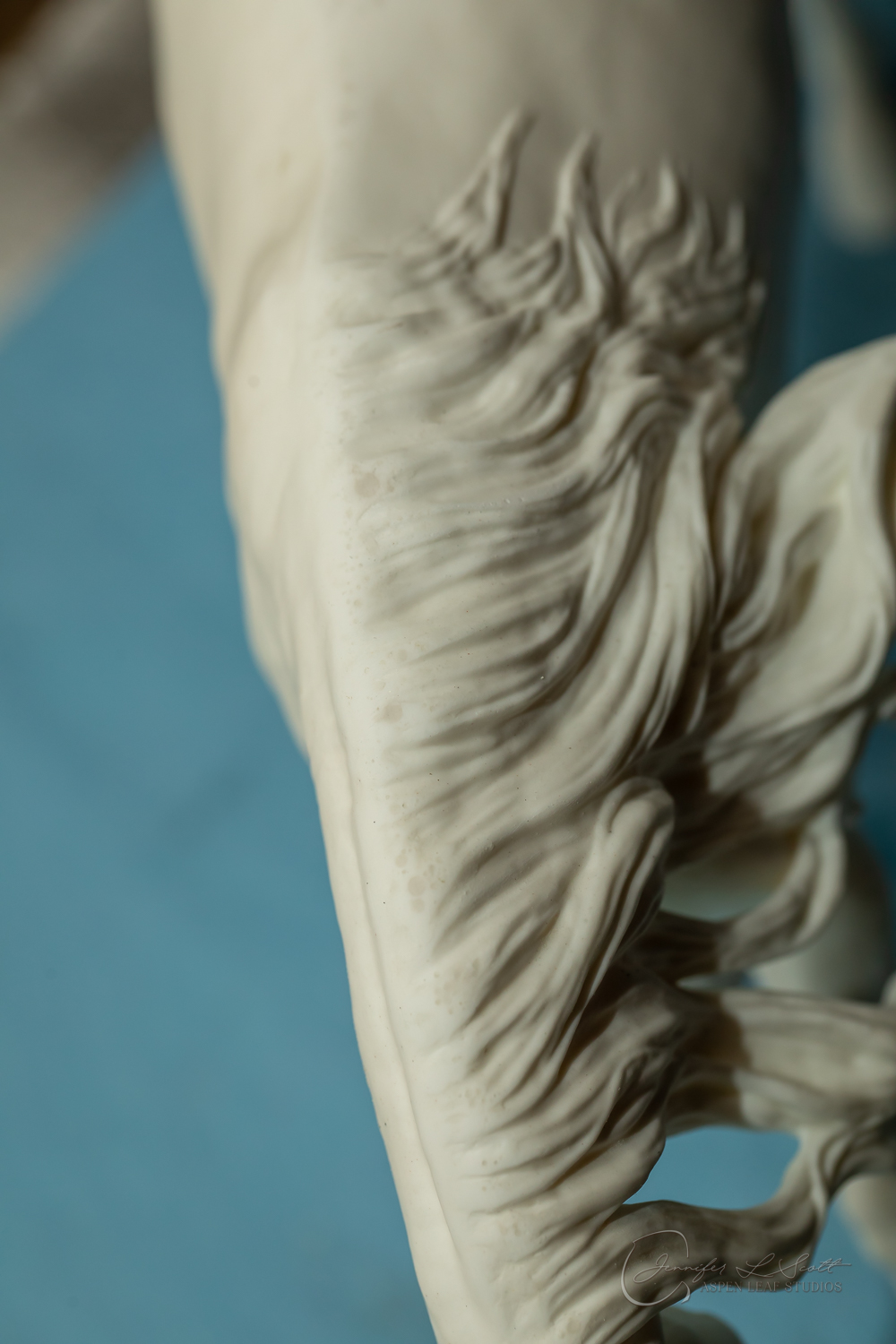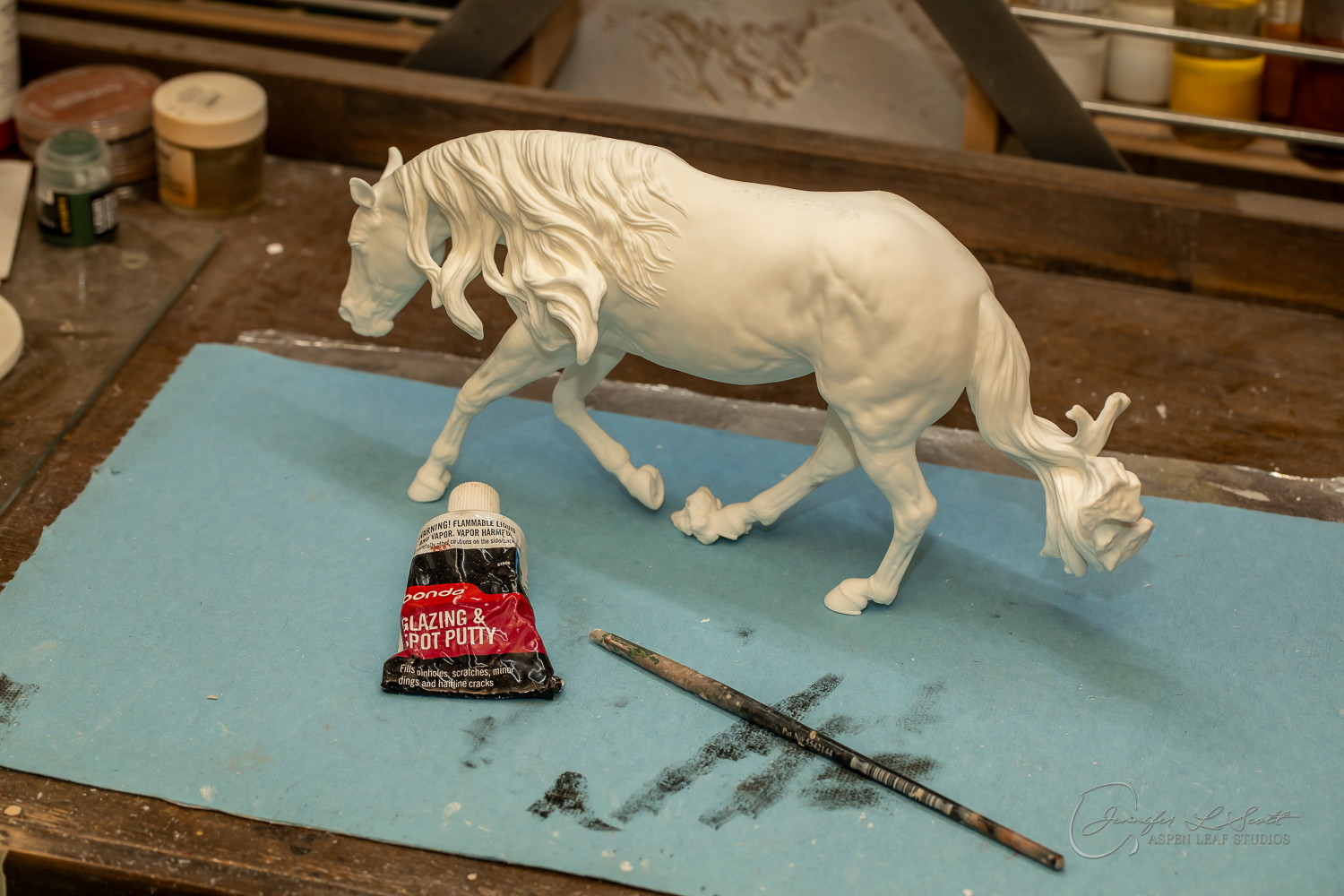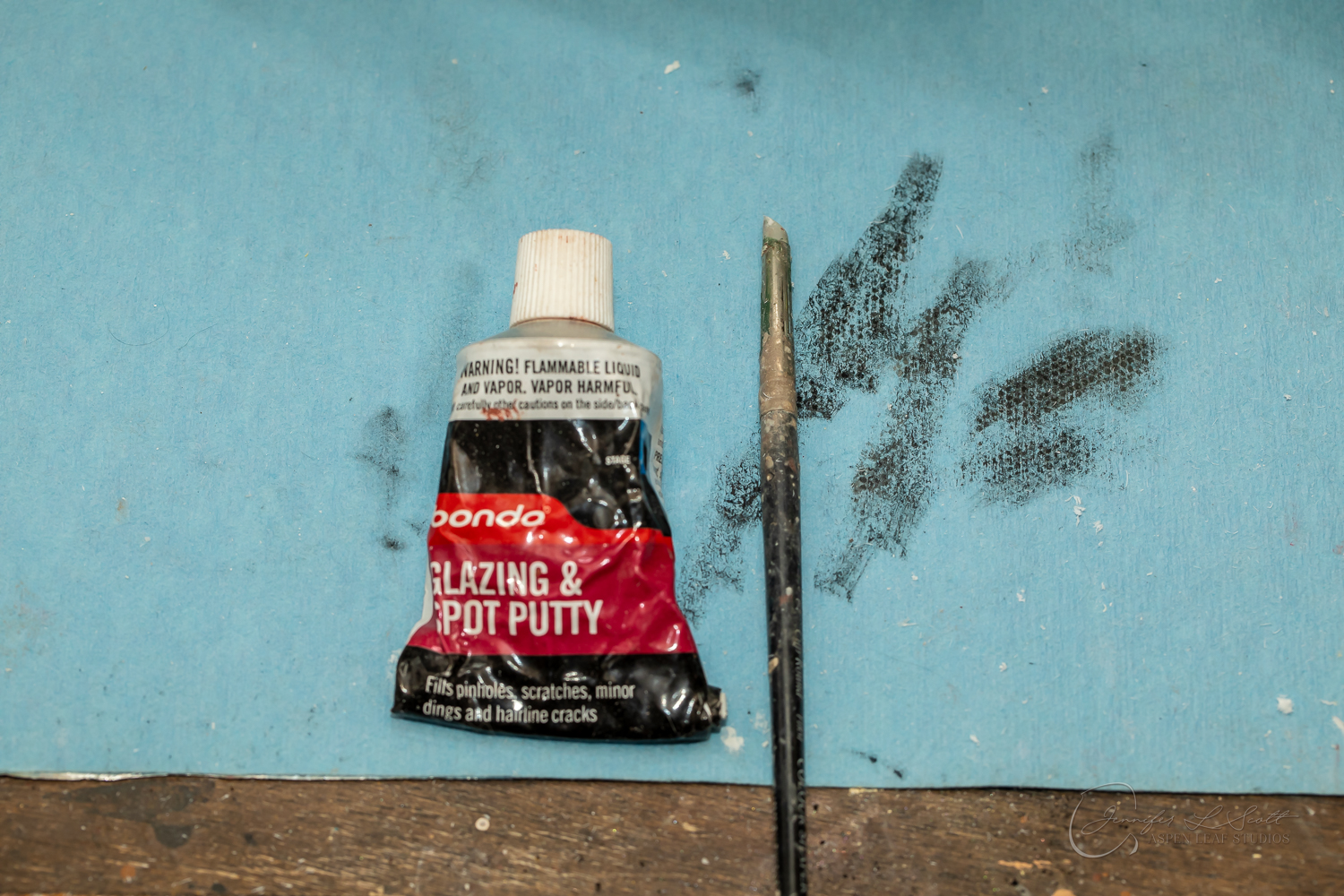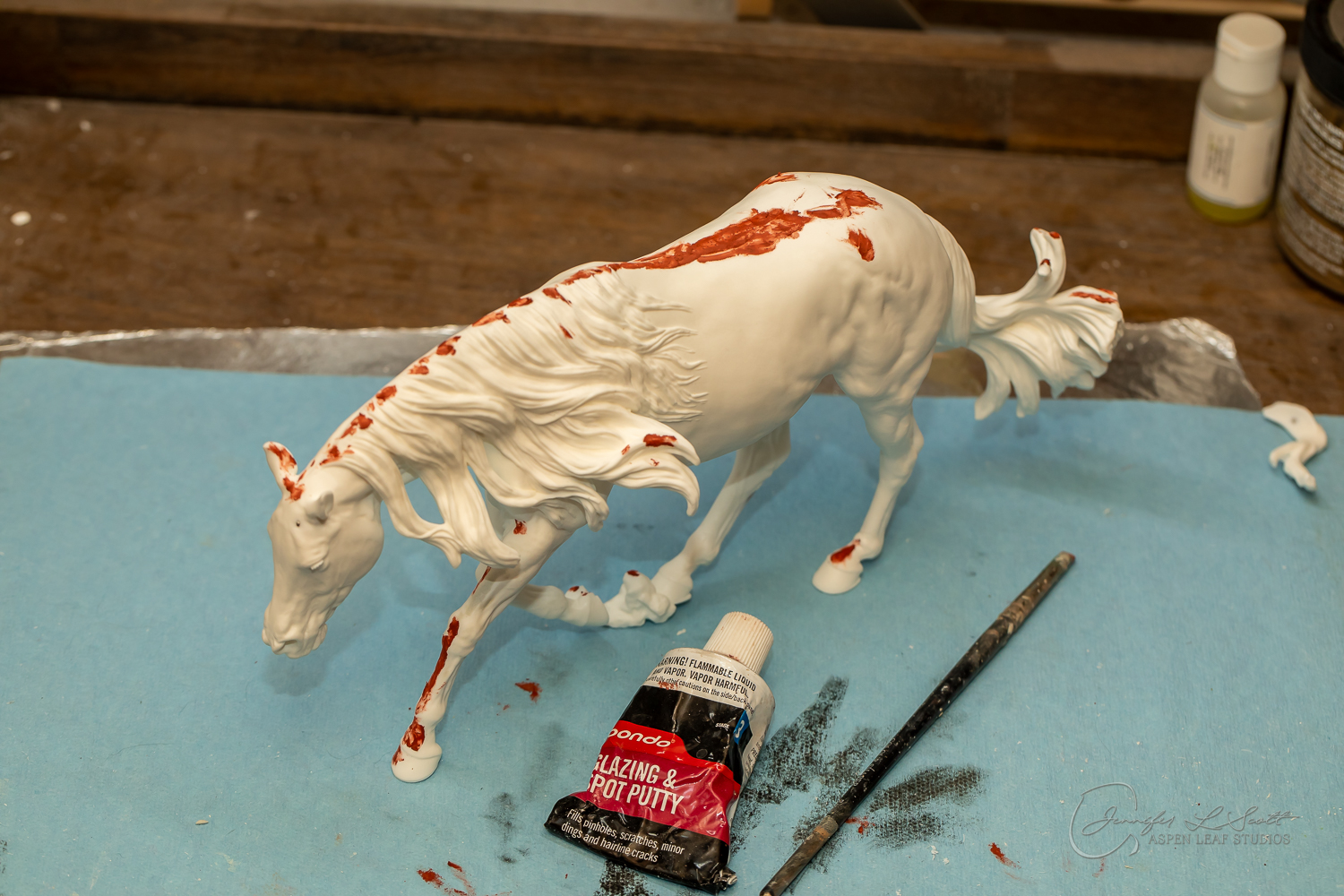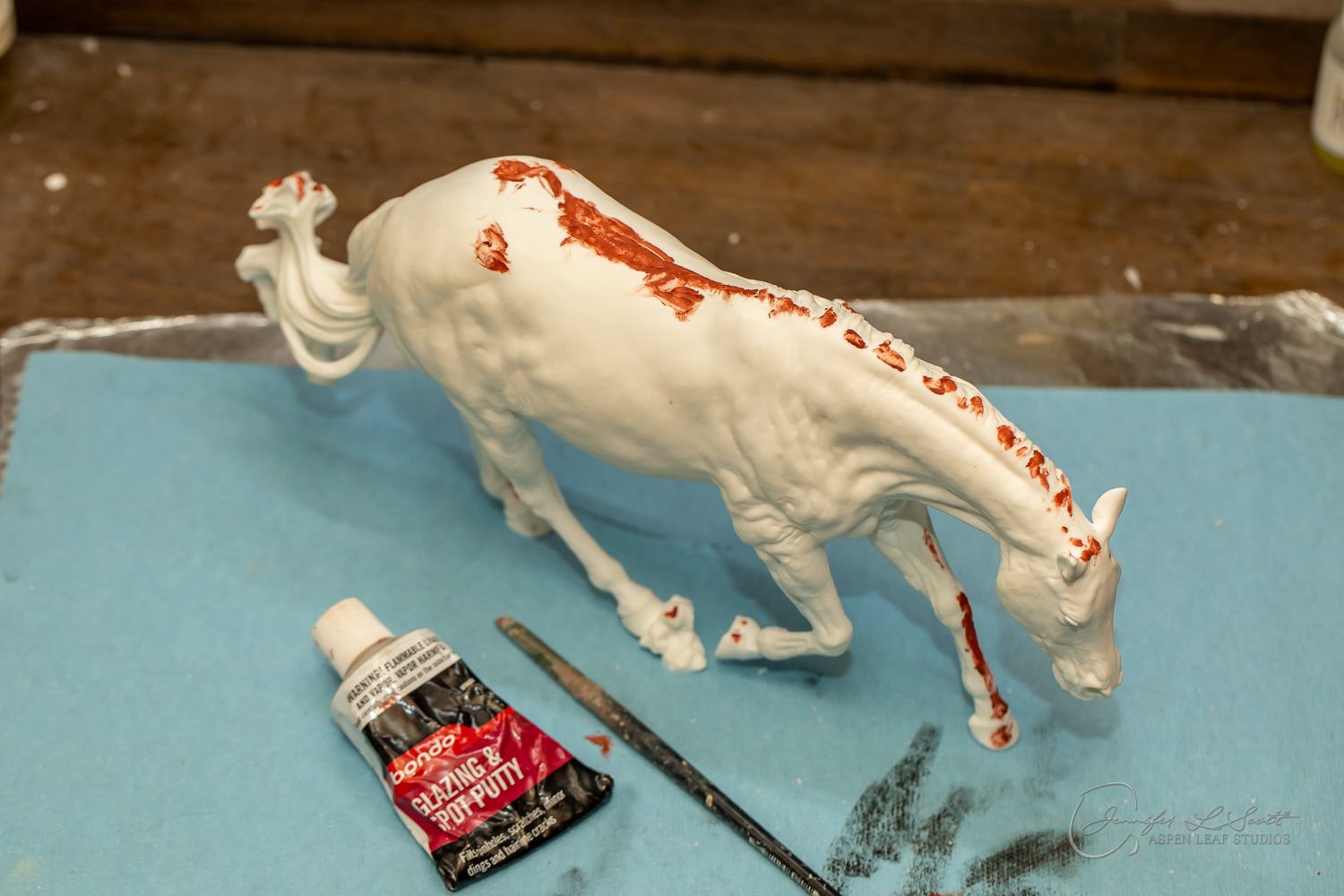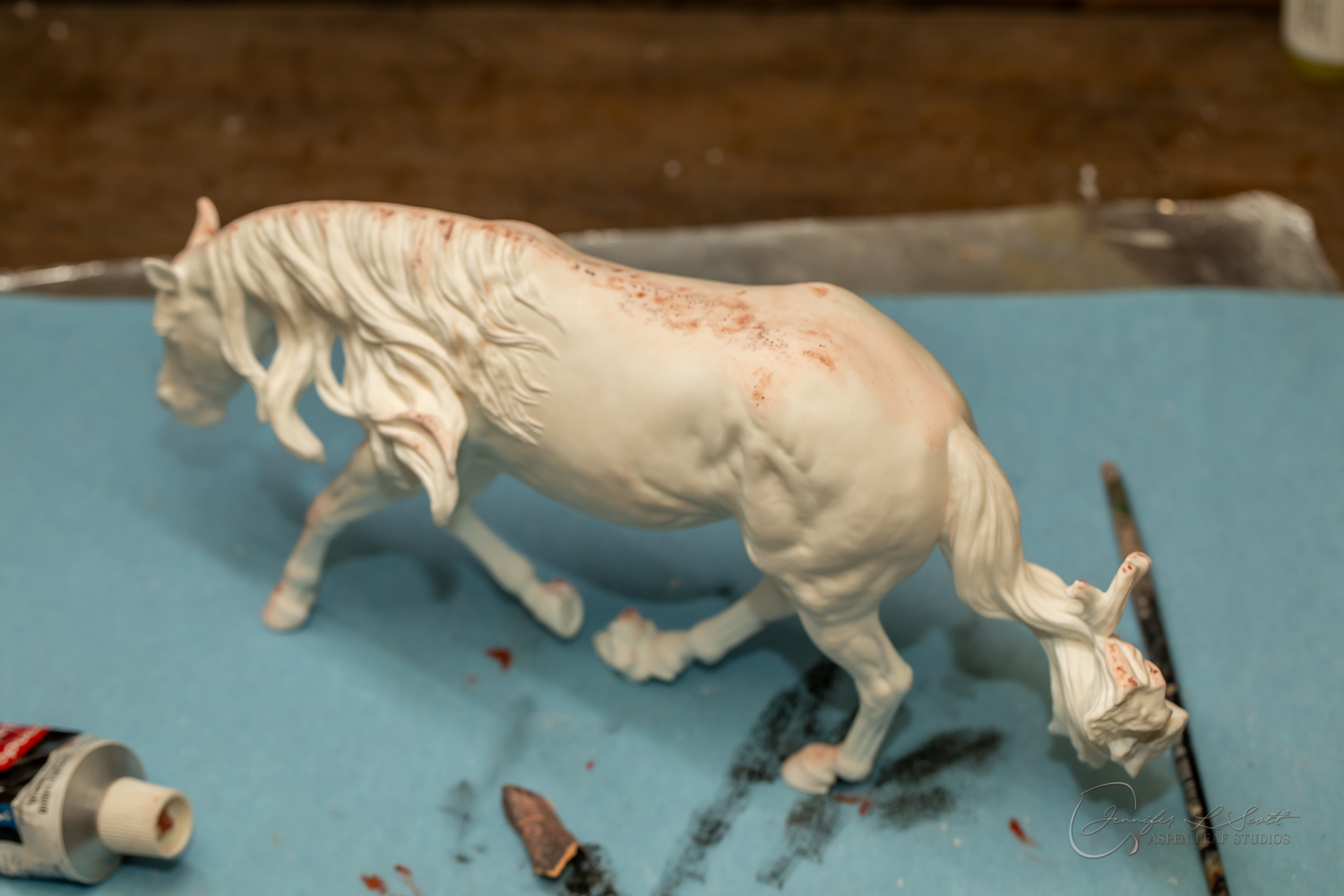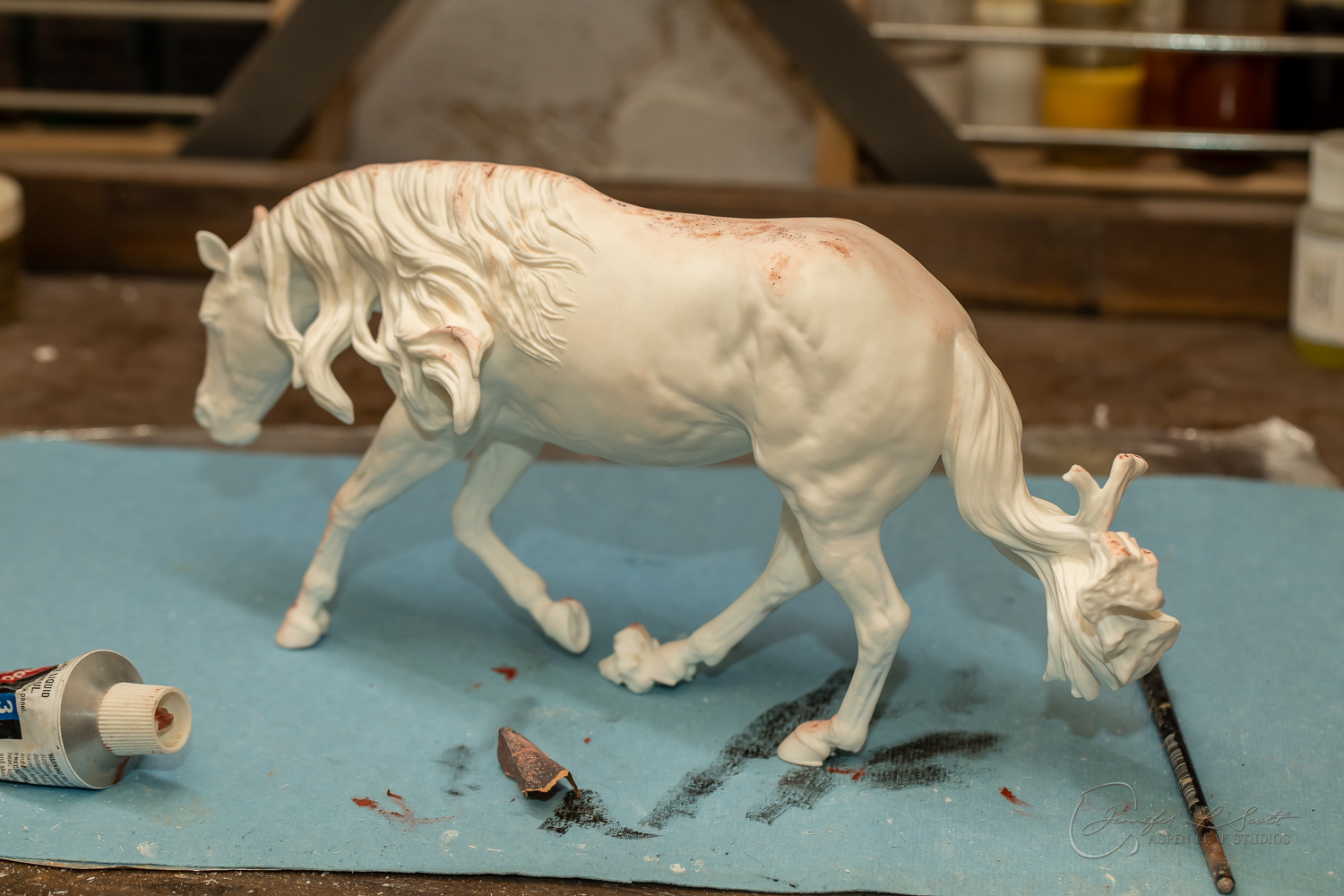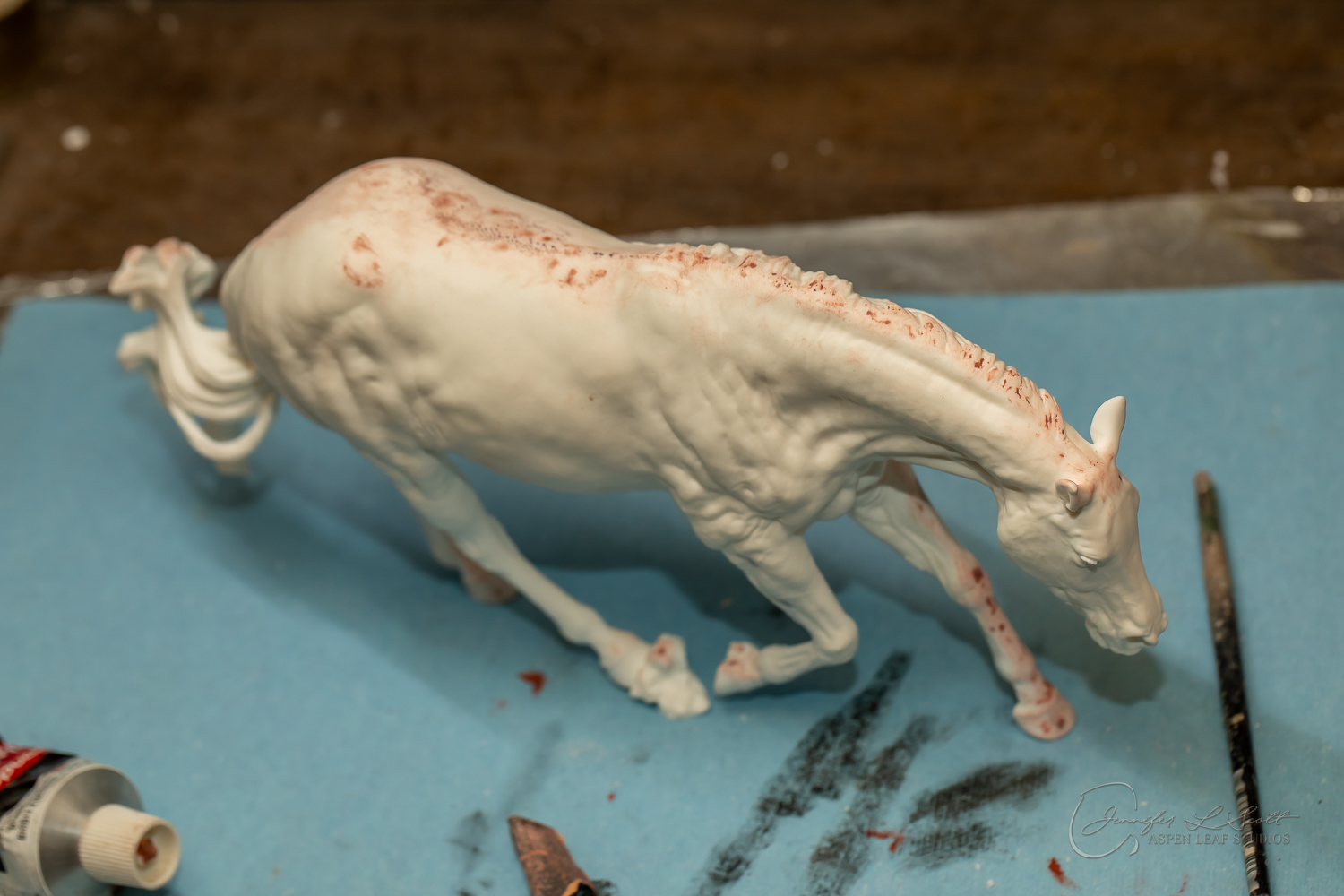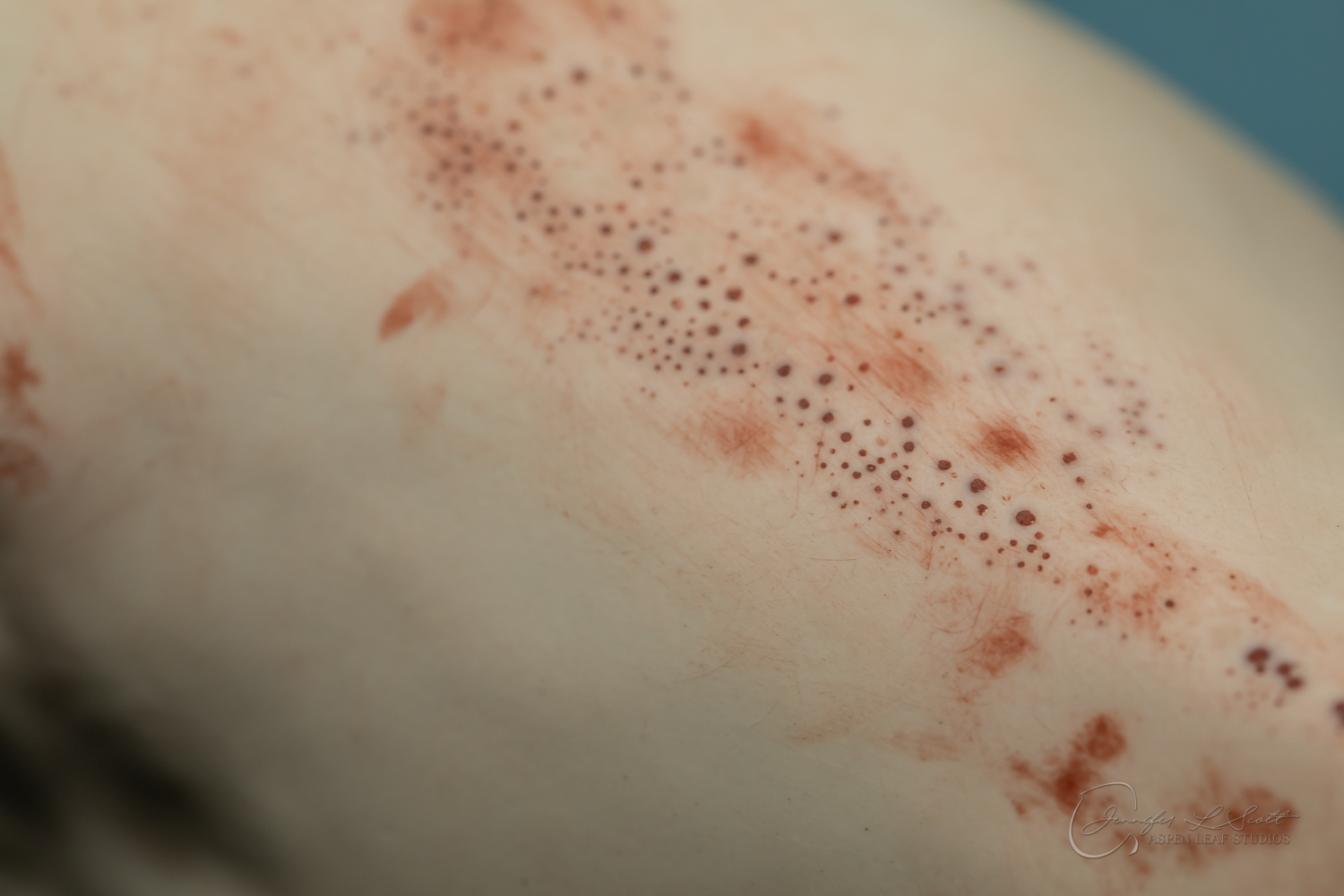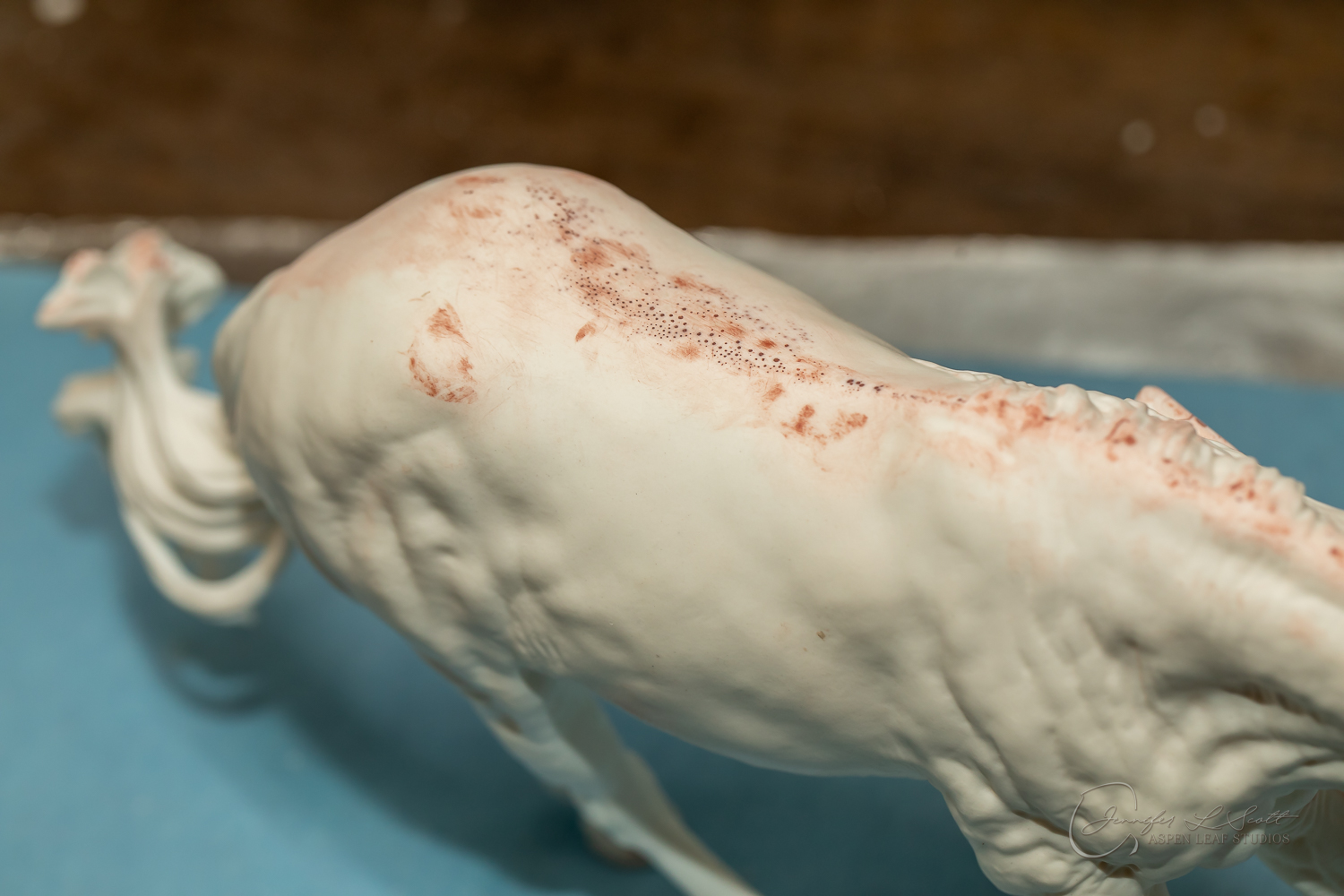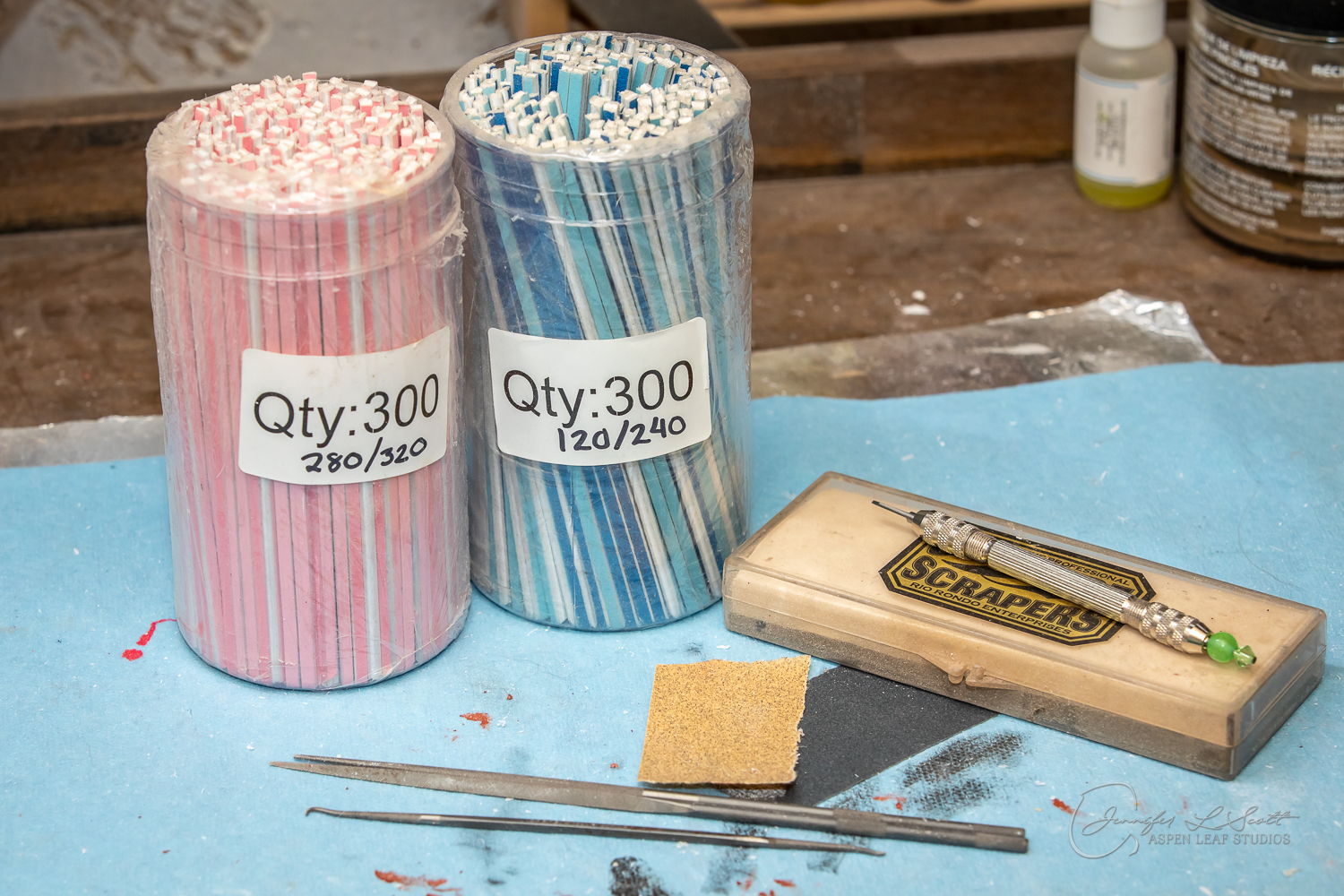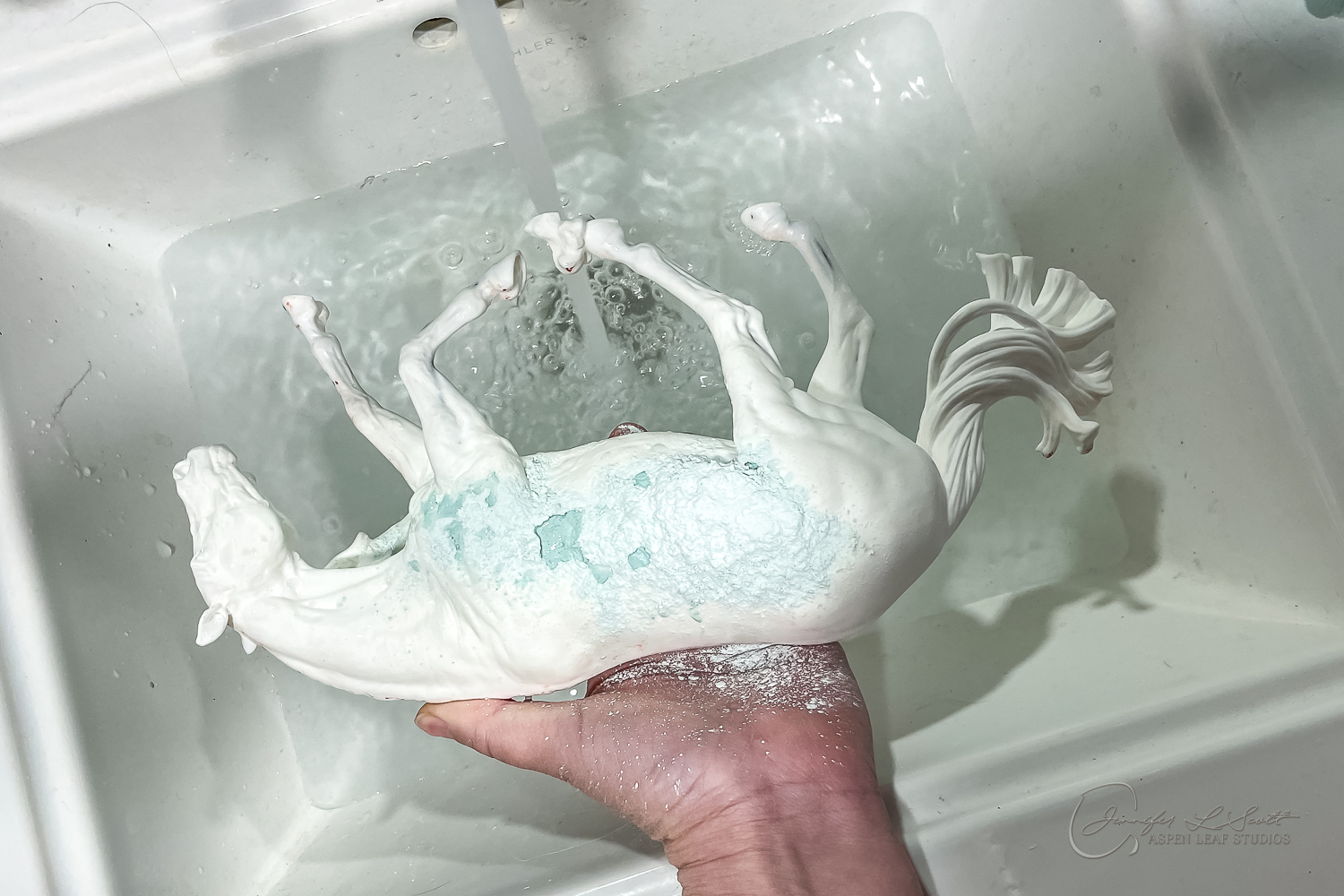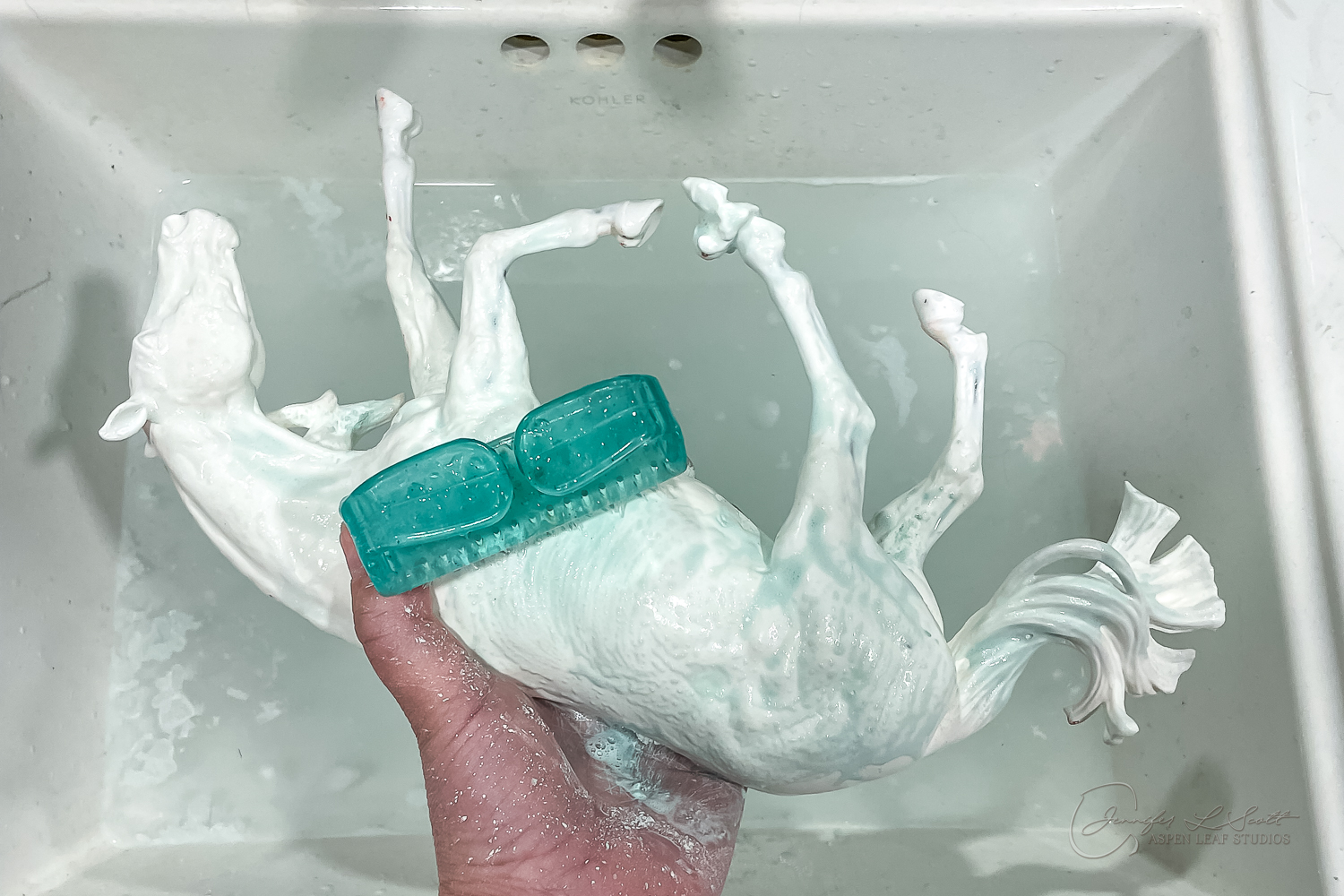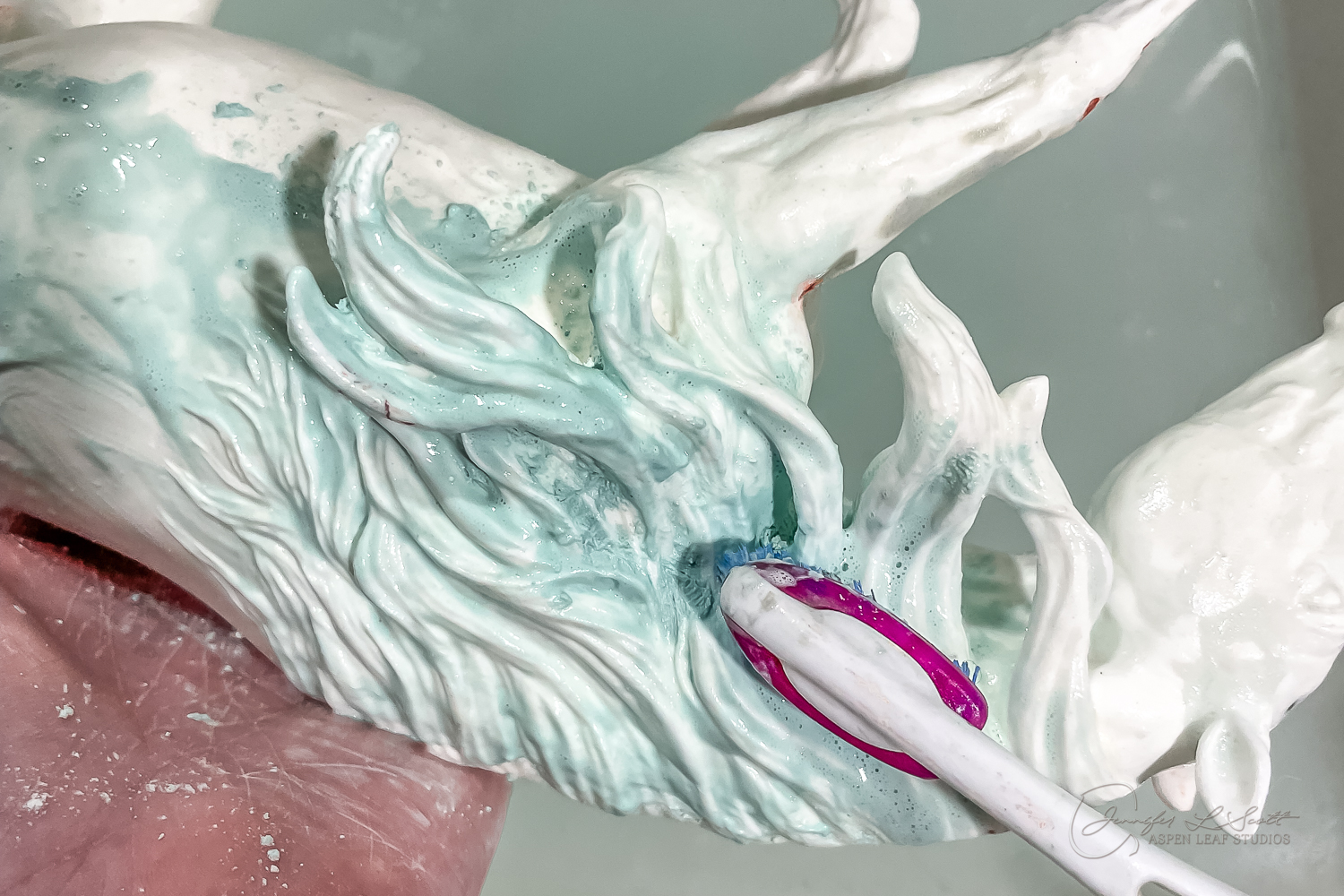Step Two: Fill Work
While step two and three can be interchangeable in order, I like to fill things prior to seam removal so I only have to break out the sandpaper once. If you have a lot of fill and want to give yourself a break, it's 100% okay to fill a little, sand a little, fill a little, sand a little. There's no rule that says you must fully devote your time to one before moving on the other. While casting resins, air is often trapped somewhere in the surface. This is true for both hollow-cast pieces and solid-cast pieces, but solid-cast are definitely the bigger offenders in this category due to the casting process itself. Especially on the less clean casts, or solid-casts that were not cured in a pressure chamber.
Fill work is divided into two types - big fills and small fills. Typically small area fillers can't be used to fill big areas, but you can use big area fillers to fill small areas (it's just not ideal). Big fill areas are air pockets more than 1/8" in diameter, gouges from a saw blade, missing or removed sections you have to sculpt back, etc. Anywhere you need a lot of material, consider it a "big fill" zone. Small fill areas are tiny nick spots or very small air pockets/pinholes. In a clean cast, you'll be mostly dealing with the small fill areas.
Fill work is just that. FILL work. You NEVER sand out these areas. I cannot stress that enough. I've seen so many good resins destroyed from over-sanding down areas that should have been built up. If there is a tissue thin skin layer of resin on the top of a pocket of air you can see, then you will take a knife or carbide scraper to just pop the top area of that skin off so you can squish filler into it. If you sand off the fill area, then you remove detail and shape from the sculpture, and this is a no no. Remember, you 're just trying to make an area perfect for painting, not debase the quality of the resin you're working on.
MATERAIALS:
- Epoxy Clay (two part clay) such as Gapaxio, Magic Sculpt, Apoxy Sculpt are great for big fill zones. These are very durable, cover large areas, and are easily sanded down to match the surface of the resin.
- Softer more easily "smear-able" products like Modeling Paste, Citadel Green Stuff, and Bondo Spot Putty work best for small fill zones. These are much more liquid-esque compared to the more clay feel of the epoxy clay and can be smooshed into those tiny little holes so much more easily. Each of these products has an area they're best in. For pinhole fill I love the Bondo the best. It's easy to smear around quickly, dries firm in around 30 minutes or so, and sands really nicely. Many people don't care for the smell though. Modeling paste is a nice alternative, but is a little harder to work with and the edges tend to flake off rather than sand smooth. I like to use my fingers for this one. Spot apply a little and then gently spread in a circular motion in the fill area needed. Modeling paste does dry to a workable stage faster, but it takes a day to really set. I feel it actually takes several days to a week to really reach the rock hard state though. Citadel Green stuff is a great filler as well and is probably my second favorite from Bondo. It does do a great job on the pinholes too and has slightly more "shaping" ability for those hilly mane/tail areas via manipulation with water. It doesn't have an odor either. It does have a higher shrinkage rate though so I find myself having to do multiple layers or really piling it on for sanding down later. It also has a fast drying time of around 5-10 minutes. Of course drying time will vary for all three of these products as it'll depend on how thick or thinly they were applied.
TOOLS:
Clay shapers are fantastic to work with the above products. Shape is completely up to personal preference, however I do recommend firmer rubber for the big fill spots where you need to be able to apply more pressure to move product around. I like shapes that I can use all the edges for different things - essentially making three tools out of one. I tend to like a narrow, pointy area I can use to get into cracks and creases and a larger flat area for those sites I need to "spread" material on.
You can use any sculpting tools, or even just your fingers with any of these too. Just be sure to clean your tools, particularly after the epoxy clays as those dry hard and you won't be able to flake them off like you will the small fill materials.
For the Stetson below, I'll be using Bondo Spot Putty and a small round angled clay shaper of medium firmness. I'll start by using the flat area of the shaper to generously apply and spread the Bondo along the pinhole zones. In the mane, I'll be a little more careful and use the tip of the shaper to remove extra Bondo from the hair creases, making sure to just fill where I need so I don't have to worry about really careful sanding later. Large easily-sanded areas like the back and butt though I'll go wild on. It'll shrink a little so I'm compensating with more filler than the hole needs. I'll let this all dry, and then I'll sand off the extra right down so it's flush with the rest of the resin's surface. When I put primer on, you'll never know it's there. If there are any other small fill areas, like a seam that went inward or an odd divot or crack, I'll apply it to those areas in the same way. In easily sanded areas, I'll sometimes put a spread of it down even if I'm not totally sure it needs it because it's so quick to do anyway. This whole process probably took 3 minutes of actual working time. So while it looks like it should have taken hours, Bondo makes the fill work EASY.
